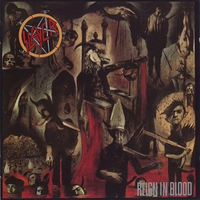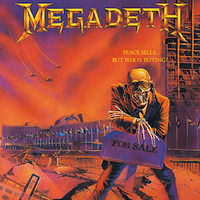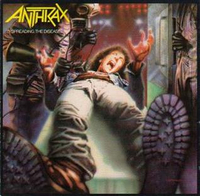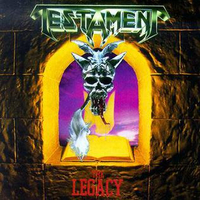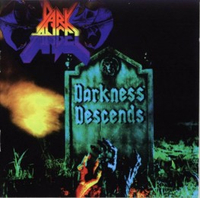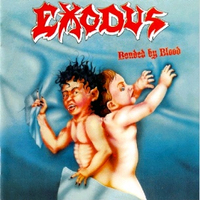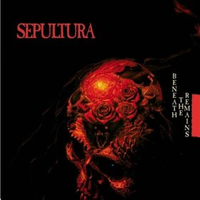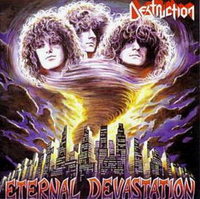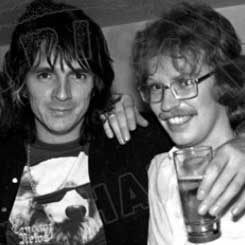It used to be easy. Ever so easy. There was heavy. And there was metal. But then something began stirring in San Francisco at the beginning of the 1980s. And no, it wasn’t Metallica’s James Hetfield twirling a teaspoon, trying to get his artificial sweetener to dissolve in a mug of lapsang souchong. That would come much later.
What essentially happened was that some spotty, basement-dwelling oiks who rarely ventured out into the West Coast sunshine began getting inspired by rapid-fire mid-70s punk ethics, along with late-70s New Wave Of British Heavy Metal aggression.
These kids were dorky, disaffected and rancid looking; they held no truck with overblown US acts such as Kiss and Aerosmith; and they couldn’t quite decide whether their starter-for-10 on University Challenge would be on the subject of Satan, suicide or stage-diving.
The scene was set for the birth of thrash metal: extreme noise terror, five years before the band of that same name would begin playing thrashcore (the inevitable marriage of thrash and hardcore) in the rather less exotic location of Ipswich.
But that’s another story. Thrash metal doesn’t really need explaining. The secret is in the first word of the term. And if you’re dumb enough not to know exactly what ‘thrash’ means, here’s a handful of dictionary definitions to assist: Beat severely, esp. with stick or whip… Defeat thoroughly in a contest… Act like a flail… Deliver repeated blows… Move or fling the limbs about violently or in a panic… Got the moshin’ message? Never was a style of music more aptly named.
The genesis came when a fledgling Metallica – at this time still based in Norvale, California – made a demo, No Life ’Til Leather, in ’81. This was thrash at its most formative, and the band’s scabby cassette even had a pre-Dave Mustaine chap called Lloyd Grand on guitar. But the tape came at the right moment.
These were stodgy times for heavy metal in the States. Metallica’s live-wire tactics jolted a mordant scene back to life like an adrenalin-filled medieval cake-icing implement plunged straight into the heart. One single jolt was enough. Frisco duly exploded with a livid rash of raw young thrash acts. Before long the creeping death had extended countrywide, right across the US.
Then the disease spread to Europe and, most notably, to Germany. But the UK, which was still in the grip of the NWOBHM, lagged behind. Surprisingly, we never spawned an act capable of competing with the American, Teutonic and, yes, Brazilian thrash masters.

- Slayer: The Making Of Reign In Blood
- Metallica: The Making Of Kill 'Em All
- The Bluffer's Guide: Thrash Metal
- The 10 best Bay Area thrash albums

